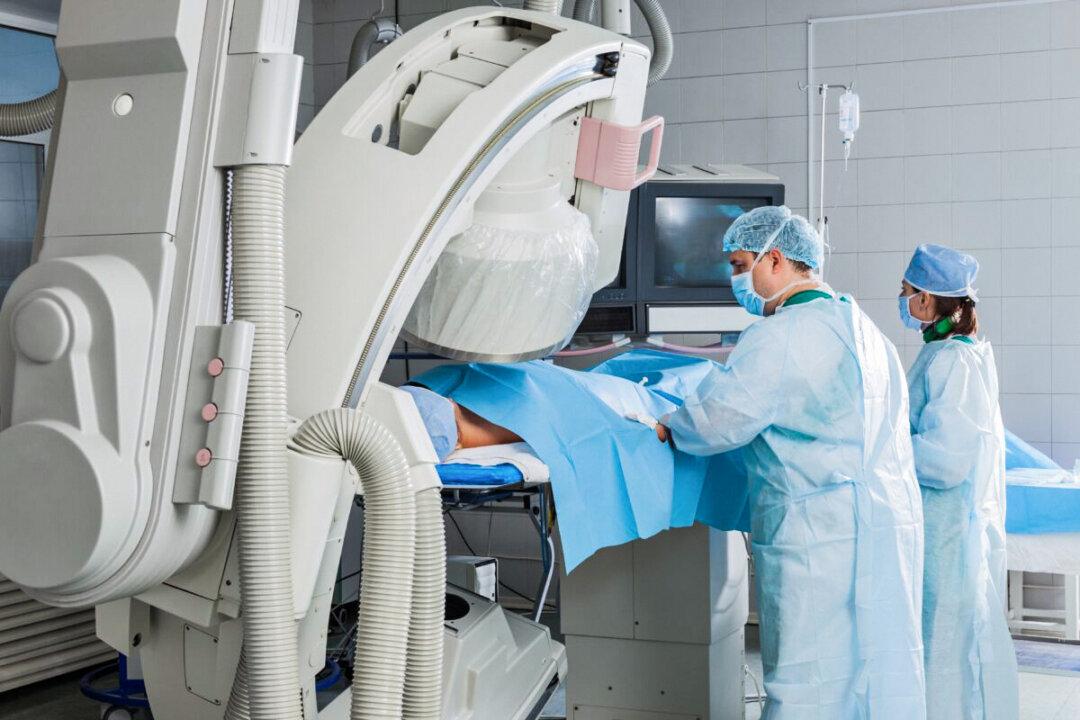HT was a 27-year-old woman who was having some pelvic pain, nothing really bad, and it sounded like cramping due to her period. Could be endometriosis, but that’s for another story. The problem is that when I was called by the ER doctor to go see her, she told me that the lab tests were normal and the CAT scan was negative as well as the pelvic sonogram. I asked the doctor, was the pain that bad you ordered a CAT scan? Her response was very typical, “Everyone with pain gets a CAT scan.”
The now-defunct U.S. Congress Office of Technology Assessment defined defensive medicine as “when doctors order tests, procedures, primarily (but not necessarily) because of concern about malpractice liability.”






